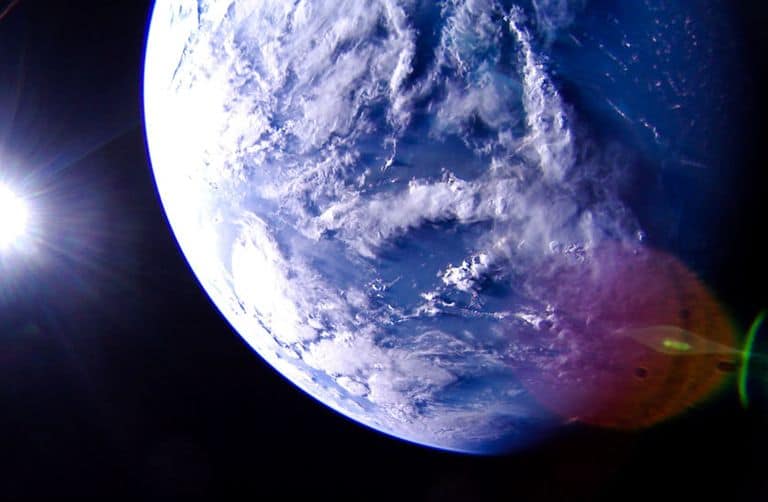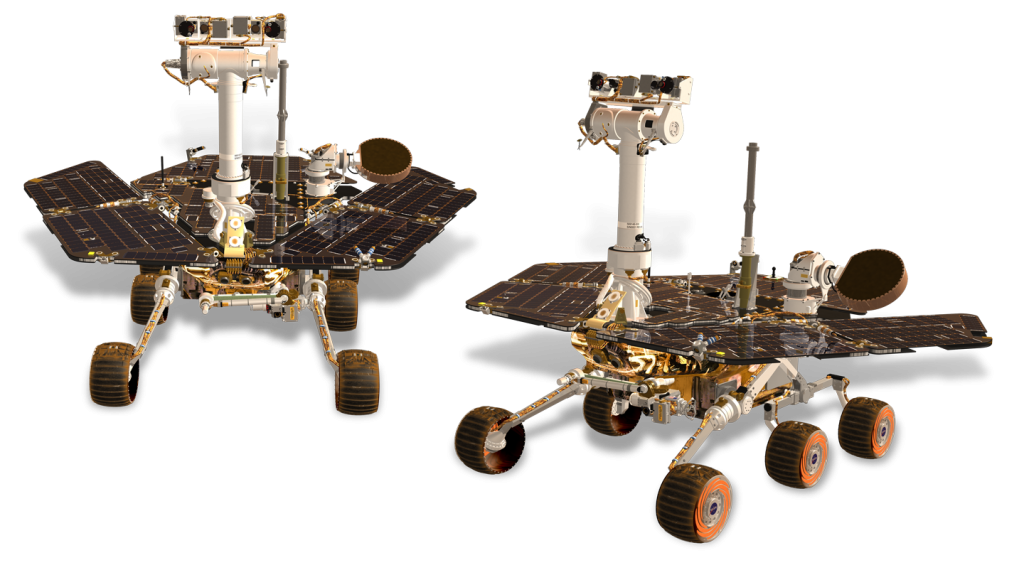The Planetary Society have launched a solar satellite which has been named the Lightsail 2. The solar sailing Cubesat device will be in orbit for the rest of August. Let’s learn more about the solar sailing technology and what the Planetary Society hope to achieve with the launch of this fascinating new piece of technology!
The Planetary Society’s LightSail 2 Solar Satellite

The concept of ‘solar sailing’ means that an object will be moved by photons escaping the sun’s gravitational pull. According to Popular Mechanics, It’s the second ever solar sailing object to fly – with the solar satellite following IKAROS (Interplanetary Kite-craft Accelerated by Radiation Of the Sun) from Japan, which launched in 2010. IKAROS certainly has the cooler name, but the LightSail 2 has some superior technology – an aluminzed (a coating of aluminum alloy) Mylar sail and far better uptime.
“For The Planetary Society, this moment has been decades in the making,” said Planetary Society CEO Bill Nye. “Carl Sagan talked about solar sailing when I was in his class in 1977. But the idea goes back at least to 1607, when Johannes Kepler noticed that comet tails must be created by energy from the sun. The LightSail 2 mission is a game-changer for spaceflight and advancing space exploration.”
“We’re thrilled to announce mission success for LightSail 2,” LightSail program manager and Planetary Society chief scientist Bruce Betts said. “Our criteria was to demonstrate controlled solar sailing in a CubeSat by changing the spacecraft’s orbit using only the light pressure of the sun, something that’s never been done before. I’m enormously proud of this team. It’s been a long road and we did it.”
If you’re interest in reading more, the Planetary Society have created a site named Mission Control where you’re able to track the LightSail 2 in space. To visit Mission Control please click here.


